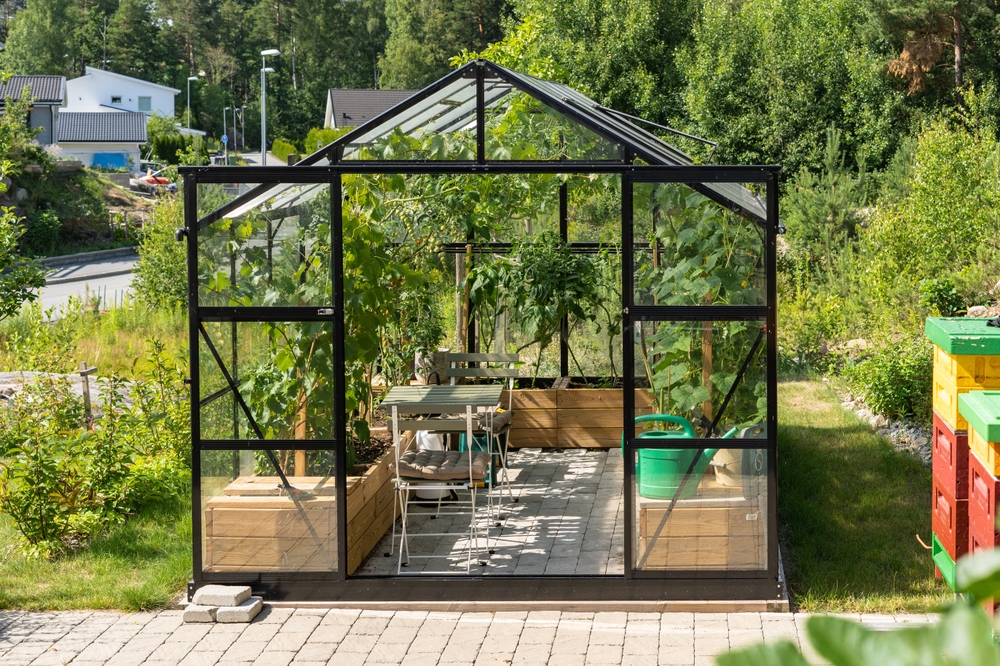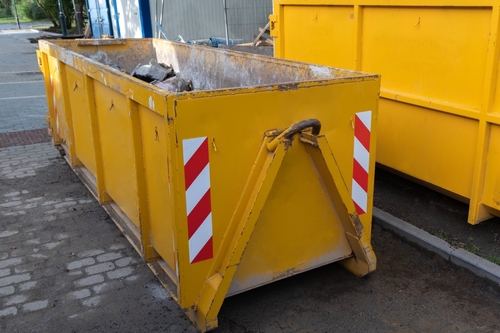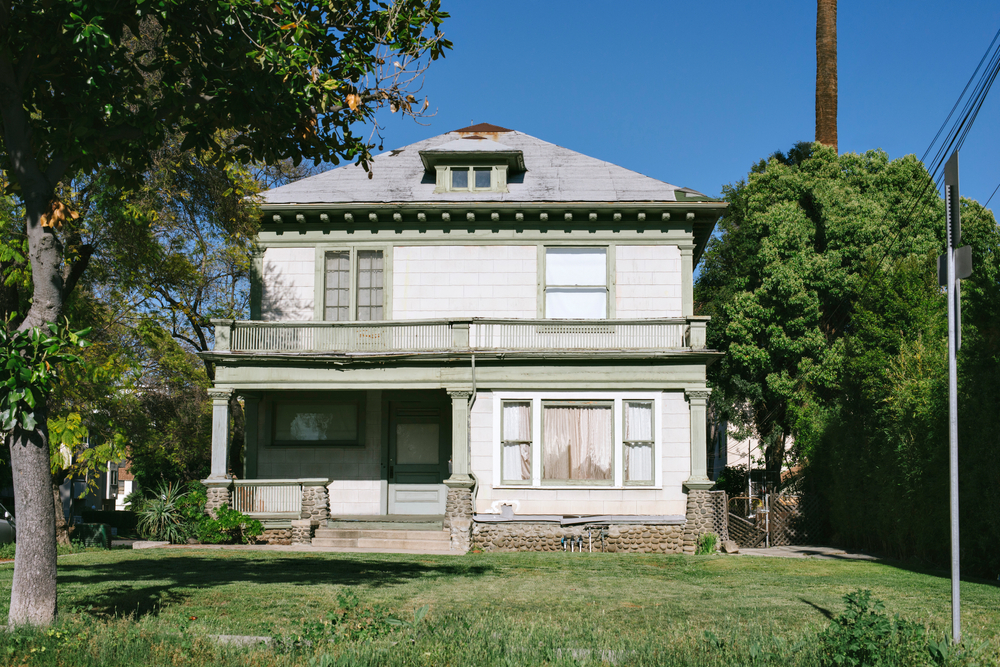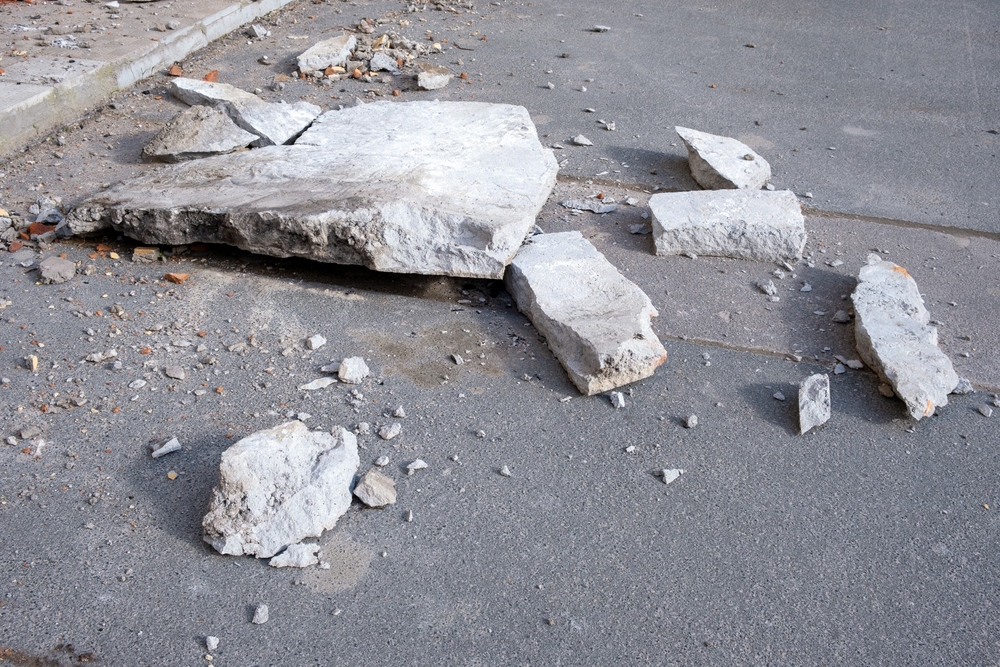May 1, 2024 - Benjamin Ehinger
What is 10 Cubic Yards? Understanding Volume Measurements
CALL NOW 844-762-8449
When planning a project that requires material such as soil, gravel, or concrete, understanding the measurement of 10 cubic yards can be crucial. It represents a significant volume, commonly used in construction and landscaping for quantifying materials. 10 cubic yards is equal to 27 cubic feet, a unit of volume that can also be converted into approximately 0.76 cubic meters. This measurement is quite substantial and understanding it is vital when, for instance, you’re choosing the appropriate dumpster rental size for waste removal needs from services like Waste Removal USA.
Cubic yards as a standard unit of volume in the United States, is particularly important in the realm of waste disposal and construction. If you’re working on a home renovation, landscaping project, or any large-scale construction, being conversant with cubic yards helps with estimating materials needed and avoiding under or over-ordering. It assists in ensuring that the amount of material or waste aligns with the capacity of the dispensing or storage solution, such as a dumpster.
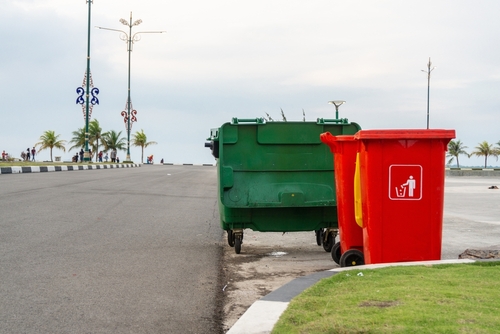 When dealing with landscaping, construction, or gardening projects, understanding how to measure and convert 10 cubic yards is crucial. Accurate measurements and conversions ensure efficient use of materials and proper project costing.
When dealing with landscaping, construction, or gardening projects, understanding how to measure and convert 10 cubic yards is crucial. Accurate measurements and conversions ensure efficient use of materials and proper project costing.
Key Takeaways
- 10 cubic yards is a substantial volume often used in construction and landscaping.
- Cubic yards is a crucial measurement for material estimation and waste management.
- Accurate knowledge of cubic yards is necessary for rental decisions regarding dumpsters from waste removal services.
Understanding Cubic Yards
When approaching projects that involve bulk materials, a solid grasp of the cubic yard as a measurement unit is essential. It directly affects how you plan your resource management and logistics.Conversion Principles
A cubic yard is a unit of volume typically used in the United States. It is equivalent to 27 cubic feet or about 764.555 cubic meters. To convert cubic feet to cubic yards, divide by 27 (since 27 cubic feet make up one cubic yard). For metric conversions, use the factor of 0.764555 to convert cubic meters to cubic yards.- Cubic Feet to Cubic Yards: [ \text{cubic yards} = \frac{\text{cubic feet}}{27} ]
- Cubic Meters to Cubic Yards: [ \text{cubic yards} = \text{cubic meters} \times 0.764555 ]
Volume Calculation Basics
To calculate the volume of a space in cubic yards, you’ll need to know the length, width, and depth of the area in respective units. Multiply these dimensions to get the volume in cubic units, then convert to cubic yards if necessary. This formula applies whether the shape is a cube, rectangle, circle, cylinder, sphere, prism, pyramid, or hemisphere.- Volume Formula for a Rectangular Prism (e.g., a box): [ \text{Volume} = \text{Length} \times \text{Width} \times \text{Depth} ]
Practical Applications and Materials
In practical terms, a cubic yard of material — be it mulch, soil, gravel, concrete, sand, rock, or topsoil — is often visualized through familiar objects. For instance, imagine the size of a standard dishwasher to conceptualize one cubic yard. Knowing this unit’s size helps in landscaping, construction, and filling needs, where materials are typically bought and delivered in cubic yard increments. When planning to fill ground or pour concrete, accurate volume assessment is crucial for cost estimations.Measurement Tools and Conversion Methods
 When dealing with landscaping, construction, or gardening projects, understanding how to measure and convert 10 cubic yards is crucial. Accurate measurements and conversions ensure efficient use of materials and proper project costing.
When dealing with landscaping, construction, or gardening projects, understanding how to measure and convert 10 cubic yards is crucial. Accurate measurements and conversions ensure efficient use of materials and proper project costing.
Cubic Yard Calculators
There are online cubic yards calculators that simplify the process of measuring material volume. By entering the necessary dimensions—length, width, and depth in either US or metric units—these tools instantly calculate the amount of material needed in cubic yards.Manual Calculation Examples
To calculate cubic yards manually, convert all measurements to feet (ft^3), then multiply length by width by depth and finally divide by 27 (since 1 cubic yard = 27 cubic feet). For example, to fill a box of 6ft x 4ft x 0.5ft, the calculation would be (6 * 4 * 0.5) / 27, yielding just under 0.3 cubic yards of material.Factors Influencing Material Volume
Keep in mind that the type of material—whether it’s cement, dirt, compost, or others—can compact or expand, which influences the volume. Consider the specific cost of materials and bulk density for more precise calculations, especially when ordering for large projects.Unit Conversions and Tables
Converting between US and metric units is easy with a conversion table or calculator. For instance, if you know an area in square feet and want to convert it to cubic yards, recognizing that 1 cubic yard equals 27 cubic feet is essential. To convert from cubic feet to cubic yards, divide the total cubic feet by 27. For measurements in meters or centimeters, use an online conversion calculator to translate the measurements into the desired unit of volume. Remember, accurate conversions are necessary for estimating material costs and quantities accurately.Frequently Asked Questions
Here, you’ll find specific information about applying the metric of 10 cubic yards to various materials and scenarios to help you with your planning and projects.How many square feet will 10 cubic yards of gravel cover?
10 cubic yards of gravel can cover a surface area of up to 1000 square feet at a recommended depth of 3 inches. This coverage may vary based on the aggregate size and the compactness of the gravel layer.What is the weight of 10 cubic yards of soil?
The weight of 10 cubic yards of soil can range between 20,000 to 30,000 pounds, depending on factors like moisture content and soil composition.How much area can 10 cubic yards of mulch cover?
With 10 cubic yards of mulch, you can cover approximately 1,000 square feet to a depth of 3 inches. This is a typical depth for effective weed suppression and moisture retention.What is the volume of a 10 cubic yard dumpster in gallons?
A 10 cubic yard dumpster has a volume of about 2,000 gallons. This is calculated by understanding that one cubic yard is equivalent to 201.974 gallons.How many tons are in 10 cubic yards of asphalt?
10 cubic yards of asphalt weighs approximately 27 tons. However, the weight can vary slightly based on the density of the material.Can 10 cubic yards of sand fill a standard swimming pool?
No, 10 cubic yards of sand is not typically enough to fill a standard swimming pool. Pools vary greatly in size, but a medium-sized residential pool might require upwards of 50 cubic yards or more.RECENT BLOGS
Our Reviews
Glenda Lanier Prowell
1721758635
I have ordered an 11 yard dumpster to be delivered to my house.Lonier was extremely helpful and answered all my questions. The rate was very reasonable.
Cedric Smikle
1721660395
Amber was extremely professional and courteous. She answered all of my questions and even some that I didn’t know I needed to ask.
Cait Kaider
1721243051
I highly recommend Waste Removal USA for their responsiveness and how the staff work hard to provide exceptional customer service. They have done well by us and our clients. Thank you!
Easom Family
1721223306
Louiner Pierre-Louis Is awesome! Did a great job. Will definitely be using this same company for all my dumpster needs because of his awesome customer service! Thank you!!!
tabitha Vazquez
1720539988
Wonderful and fast customer service!
LATEST BLOGS
